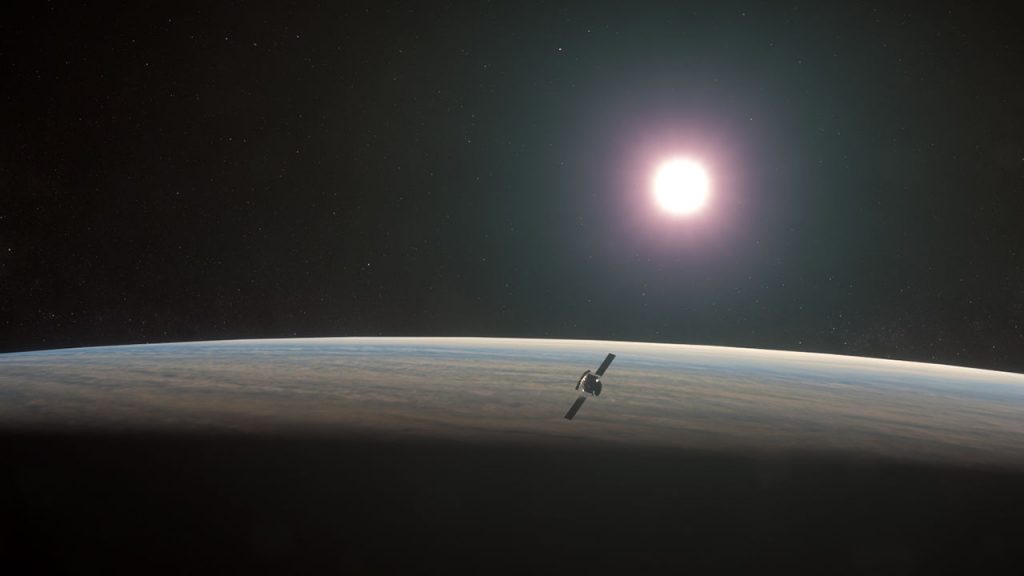Two deep space probes are set to pass by Venus on 9th August. They would do so within 30 hours of each other. The Solar Orbiter will be followed by the BepiColombo Mercury orbiter on August 10. Venus is often referred to as the Earth’s twin. Not that you go can go live there, though.
It might sound absurd as far as the number of energy resources consumed in the operation. But, on the contrary, expeditions headed into the inner solar system need to lose speed which is exactly the opposite for expeditions going to outer space. So let’s simplify it; it means that a spacecraft heading closer to the Sun must either use massive rockets or find some other way of braking.

Space agencies all around the globe have been working on perfecting the slingshot technique. It is a method in which the velocity of the spacecraft changes without the use of rockets. It was initially used in the Pioneer 11, where the spacecraft used the gravitational force of Jupiter to fly pass Saturn.
But the slingshot techniques can get a little tricky for inner space ventures. It becomes a lengthy process requiring numerous flybys of the same planet to get to the desired destination. The purpose of NASA/ESA Solar Orbiter’s flyby is to sight the sun’s poles for the first time after getting out of the ecliptic plane. The BepiColombo’s flyby of Venus would help put the foundation for the spacecraft to get to Mercury and then into a stable orbit around the planet.

The Solar Orbiter will reach Venus first, flying by at a relatively closer distance of 7,995 km (4,968 miles) at 04:42 GMT on August 9. It will be shortly followed by BepiColombo on August 10 at 14:48 GMT, which will fly by Venus at an extremely close distance of 550 km (342 miles).

The ESA has said that obtaining high-resolution pictures of the flyby will not be possible because Solar Orbiter is facing the wrong way to keep its solar panels pointed at the Sun, while BepiColombo, which consists of two docked probes, has its main camera shielded under the craft’s transfer module. However, it won’t be all dull as our race will be able to document this feat but in low resolution black and white images captured by BepiColombo’s monitoring cameras. These images will be downloaded in separate batches over the next two days.
The two space-crafts will gather data about Venus’s magnetic and plasma environment during the flybys. ESA’s EnVision Venus orbiter scheduled to lift off in the 2030s will use this data for better assimilation and understanding.


